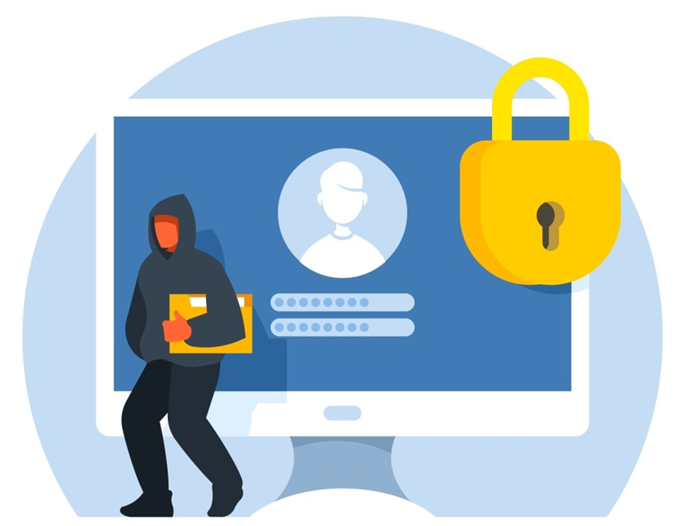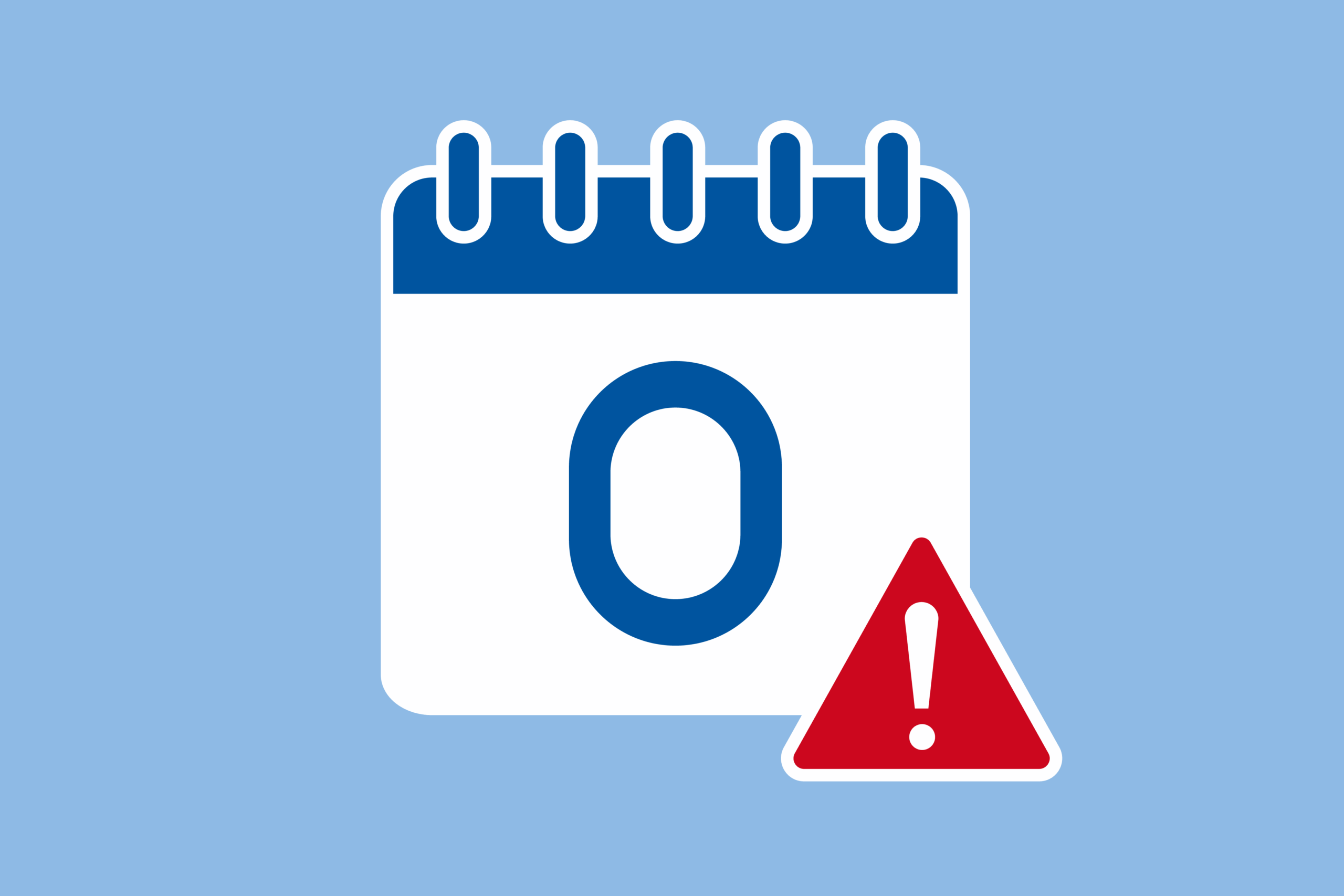The FBI has recently issued an advisory about the increasing threat of callback phishing, a sophisticated cyberattack tactic. Unlike traditional phishing, callback phishing doesn’t include a malicious link in the email. Instead, callback phishing features a prominent phone number, urging the recipient to call for an urgent matter.

The email typically contains a convincing phishing message, like a fraudulent charge, designed to alarm the user into calling the number provided.
These phishing emails are usually composed of a single, unclickable picture, displaying the phone number multiple times to encourage a callback. When victims call, they are often directed to an overseas call center where operators are handling multiple callback scams. In cases linked to ransomware groups, the call center is specifically prepared for the scam, aiming to install ransomware or other malicious software on the victim’s computer.
The method is increasingly popular among cybercriminals because it’s harder for anti-phishing content filters to detect and block. These filters, which typically analyze text and URLs for malicious content, struggle with callback phishing as the scam is embedded in a picture file.
Be wary of emails that arrive unexpectedly, ask to perform unfamiliar actions, contain only a picture file, or repeatedly display a phone number without any clickable links. Ongoing security awareness training is a great way to recognize and intercept such messages.






